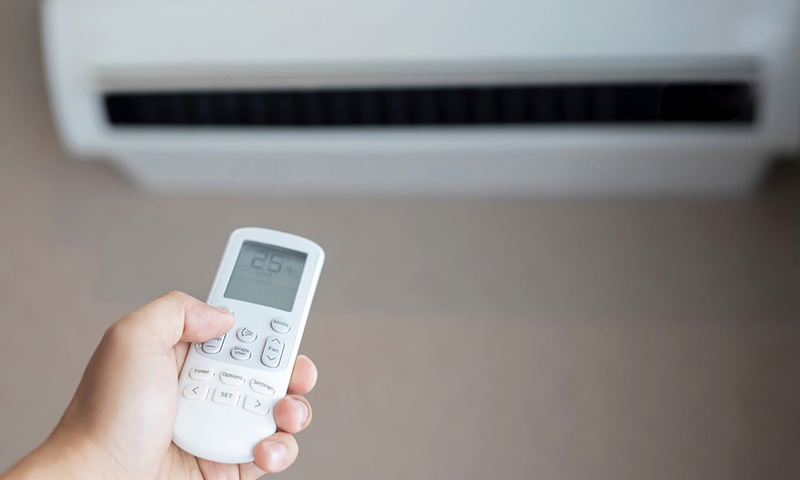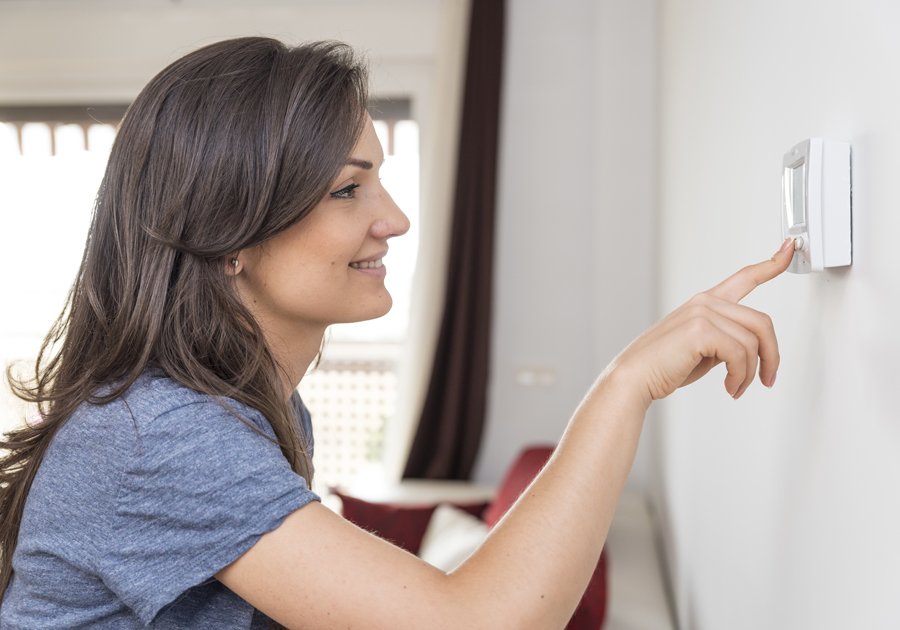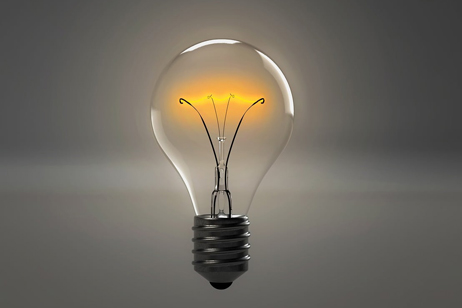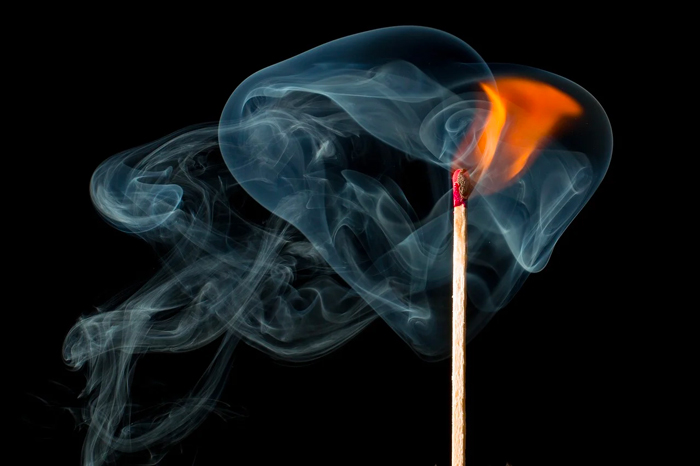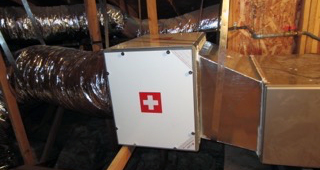When the temperature goes down, the cost of operating your heating system goes up. Here are some ways you can lower the cost of keeping your home cozy.
Keep your furnace well-maintained
Regular maintenance to keep your furnace in good condition is important for both your furnace’s performance AND its energy efficiency. An additional benefit of good furnace maintenance is that it prolongs your heating system’s life.
The filter in your furnace is there to keep the air in your home clean. You should change the furnace filter at least every 6 months. This not only keeps the air in your home cleaner, but lowers your energy bill. This is because a dirty filter impedes air movement, causing the furnace to have to work harder and use more energy.
Don’t wait until the beginning of the cold season to call your furnace technician. Remember that everyone else will be wanting to get maintenance for their heating system at that same time!
Install a programmable thermostat
The easiest way to keep your home at a comfortable temperature is by installing a programmable thermostat with your furnace. You can program the thermostat to change temperatures throughout the course of 24 hours. Why run the furnace at night when everyone is under their covers, or during the workday when the house is empty? Instead, the furnace can be programmed to heat the house only when needed. Most thermostats also let you program different patterns for weekends versus weekdays.
Many people like to use a learning thermostat like Nest. Based on the way you adjust the thermostat during the day, it learns what temperatures you like at what times of day and programs itself to turn on your furnace accordingly.
Weatherstripping
Most of the heat loss in your house happens around windows and doors. There could be small gaps through which warm air can escape the house. These gaps can be closed with proper weatherstripping. Another way to address heat loss through your windows and doors is by installing insulating curtains and blinds.
If you have a fireplace, it can be another source of heat loss in your home. Warm air can rise through the chimney and draw in cold air from outside to replace it. Using weatherstripping around windows and doors helps to prevent this. In addition, you can install glass doors on the front of your fireplace to help keep your heated interior air from going up the chimney.
Add insulation to your walls and attic
Heat can be lost through walls and the attic. Since they make up most of the house’s structure, heat loss through them can be significant.
Installing insulation in your walls and attics can make a big difference. As an additional bonus, it will help keep your home cooler in the summer as well, reducing the energy consumption of your air conditioner.
Prevent heat loss from the water heater
Water in the water heater can lose its heat through its walls. And since water heaters are usually installed in an unheated garage, heat loss can be significant, especially during winter. This causes your water heater to use more energy to keep the water at the desired temperature. To help mitigate this, wrap the water heater in insulation.
You may also want to consider lowering the programmed temperature on your water heater. The average temperature setting for water heaters is 145 degrees. Lowering the temperature to 120 degrees could save you money, and you may find that 120 degrees is warm enough to meet your needs.
Check ducts for leaks
According the US Department of Energy, 20-40% of the air loss in most houses leaks through the ductwork.
If your utility bills are higher than average, then get your ductwork examined by a professional HVAC technician to see if you have leaky ductwork.
RC Mechanical, Redwood City’s best HVAC contractor, is a trusted local company that will quickly diagnose and resolve your furnace issues, and recommend repair or replacement. RC Mechanical is a local veteran-owned business and has provided expert furnace and air conditioning repair and installation to the Bay Area with integrity for over 20 years. Homeowners in Redwood City and throughout the Bay Area count on us for all their heating and air conditioning needs. Call us today at (650) 575-3915 and we will respond within 24 hours.

